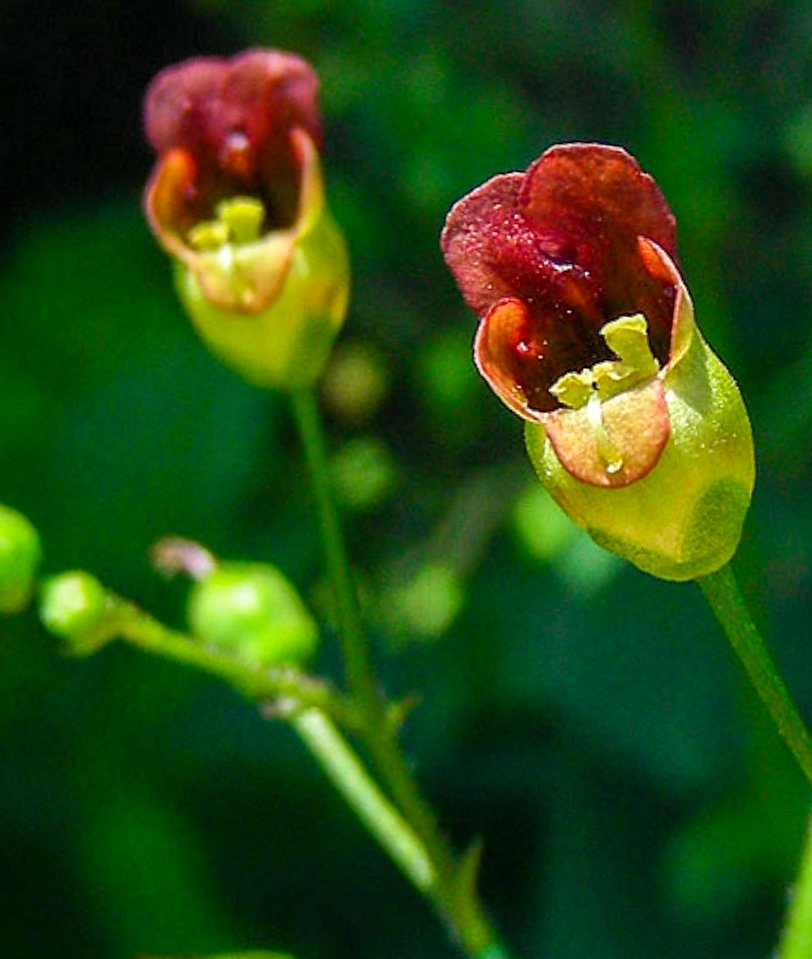 Image 1 of 6
Image 1 of 6

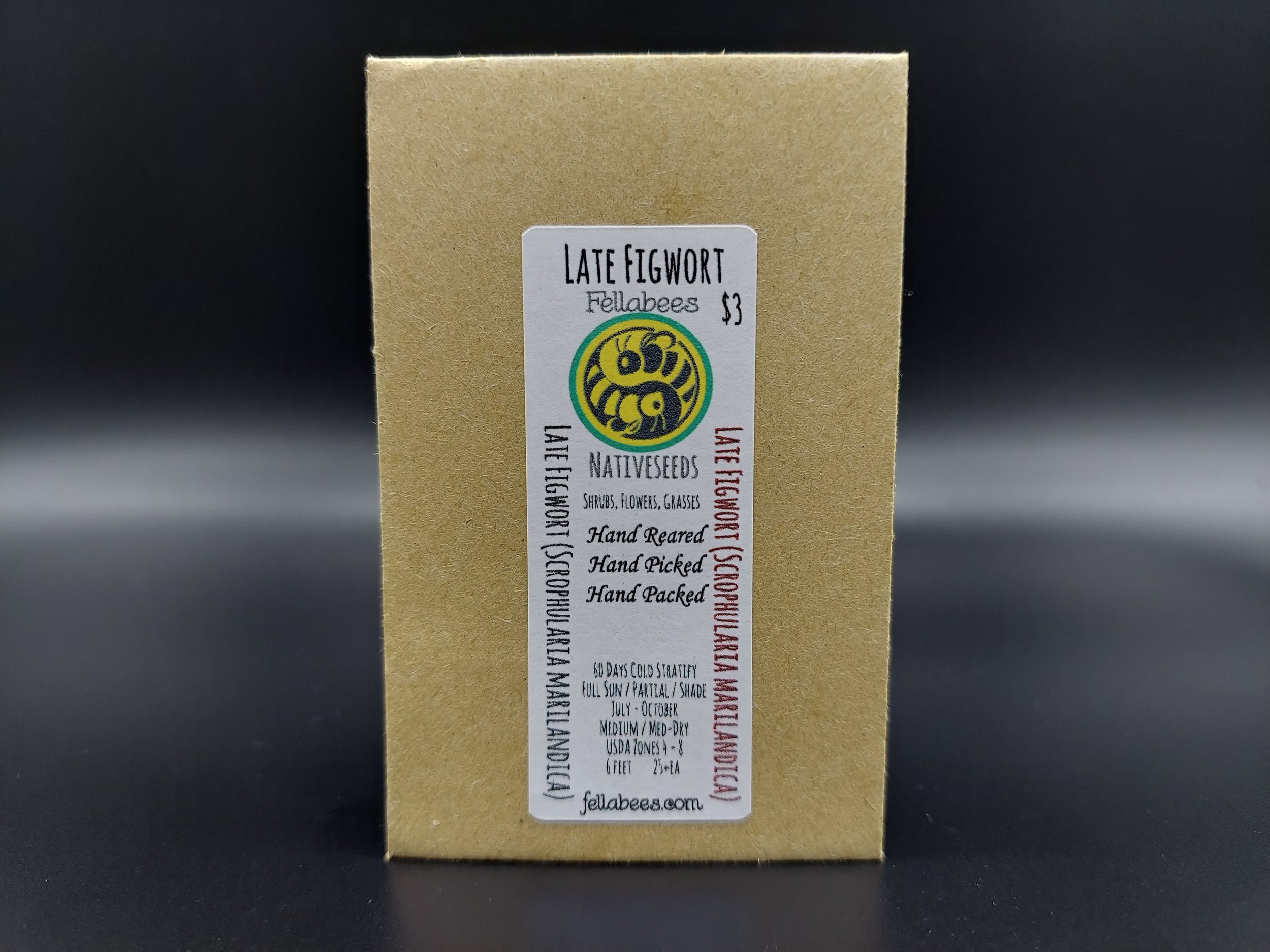 Image 2 of 6
Image 2 of 6

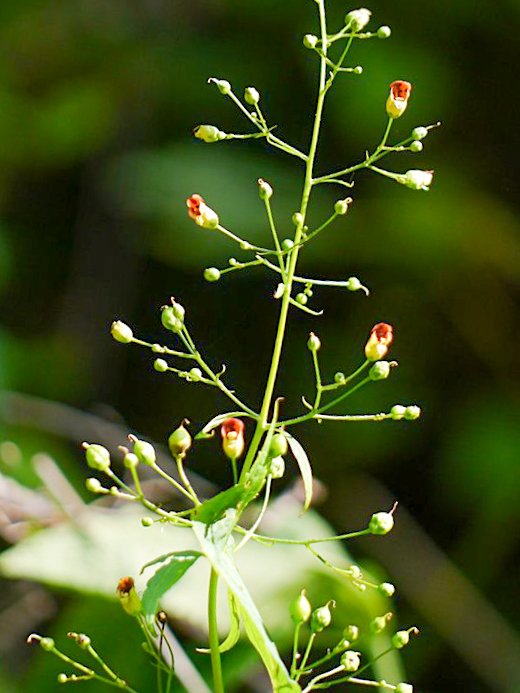 Image 3 of 6
Image 3 of 6

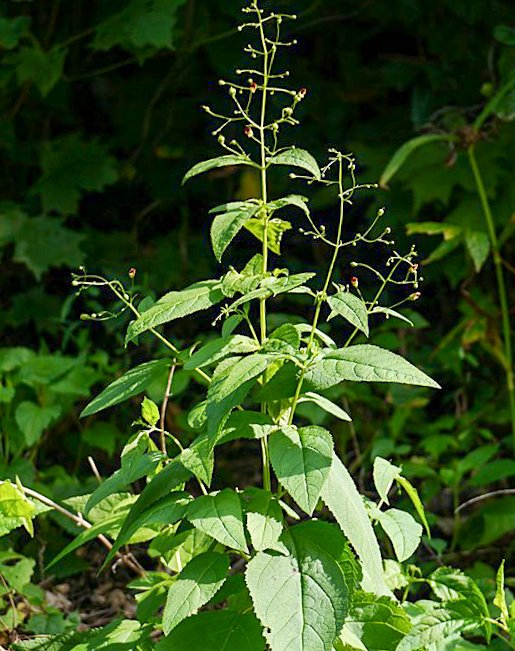 Image 4 of 6
Image 4 of 6

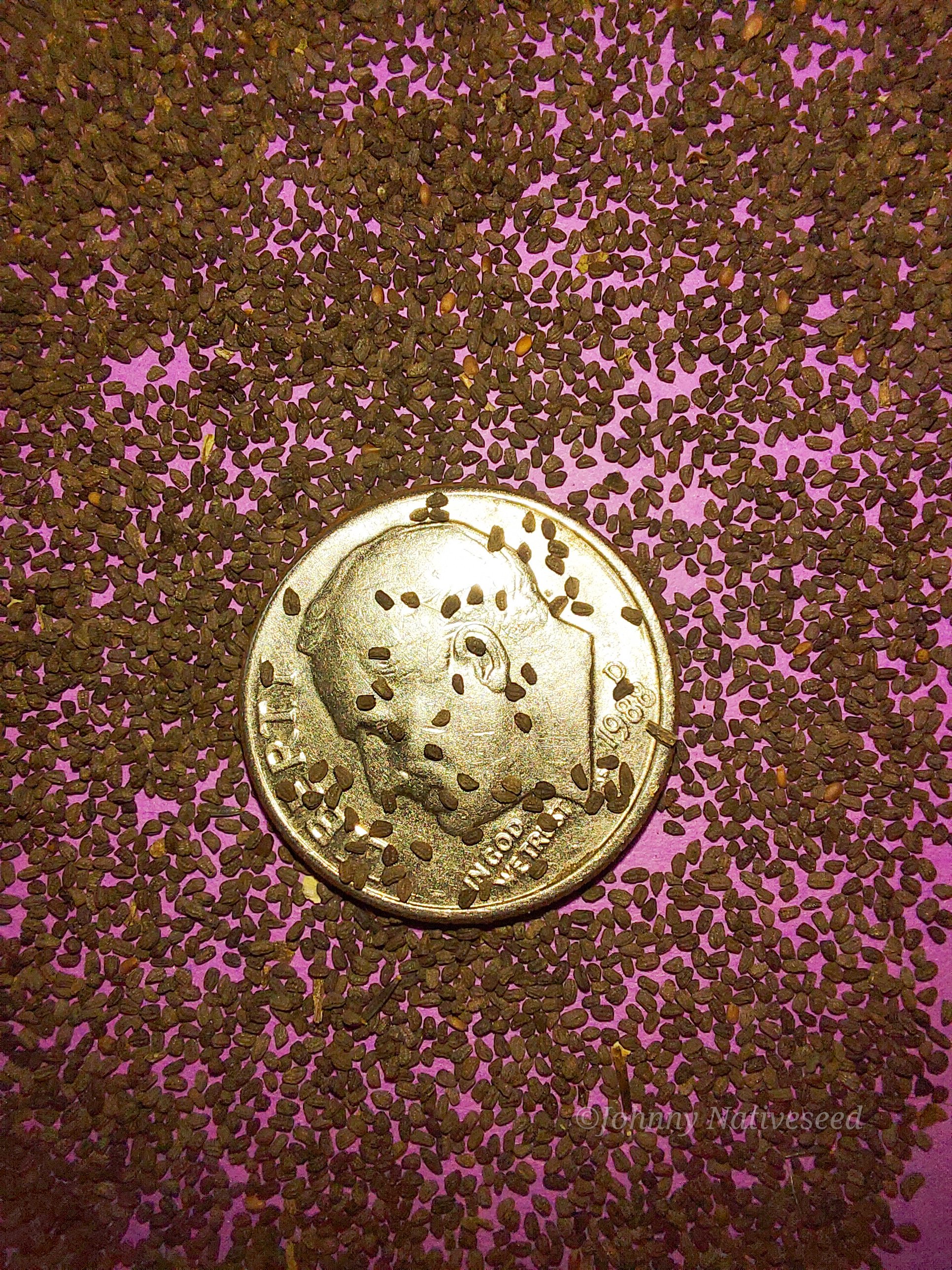 Image 5 of 6
Image 5 of 6

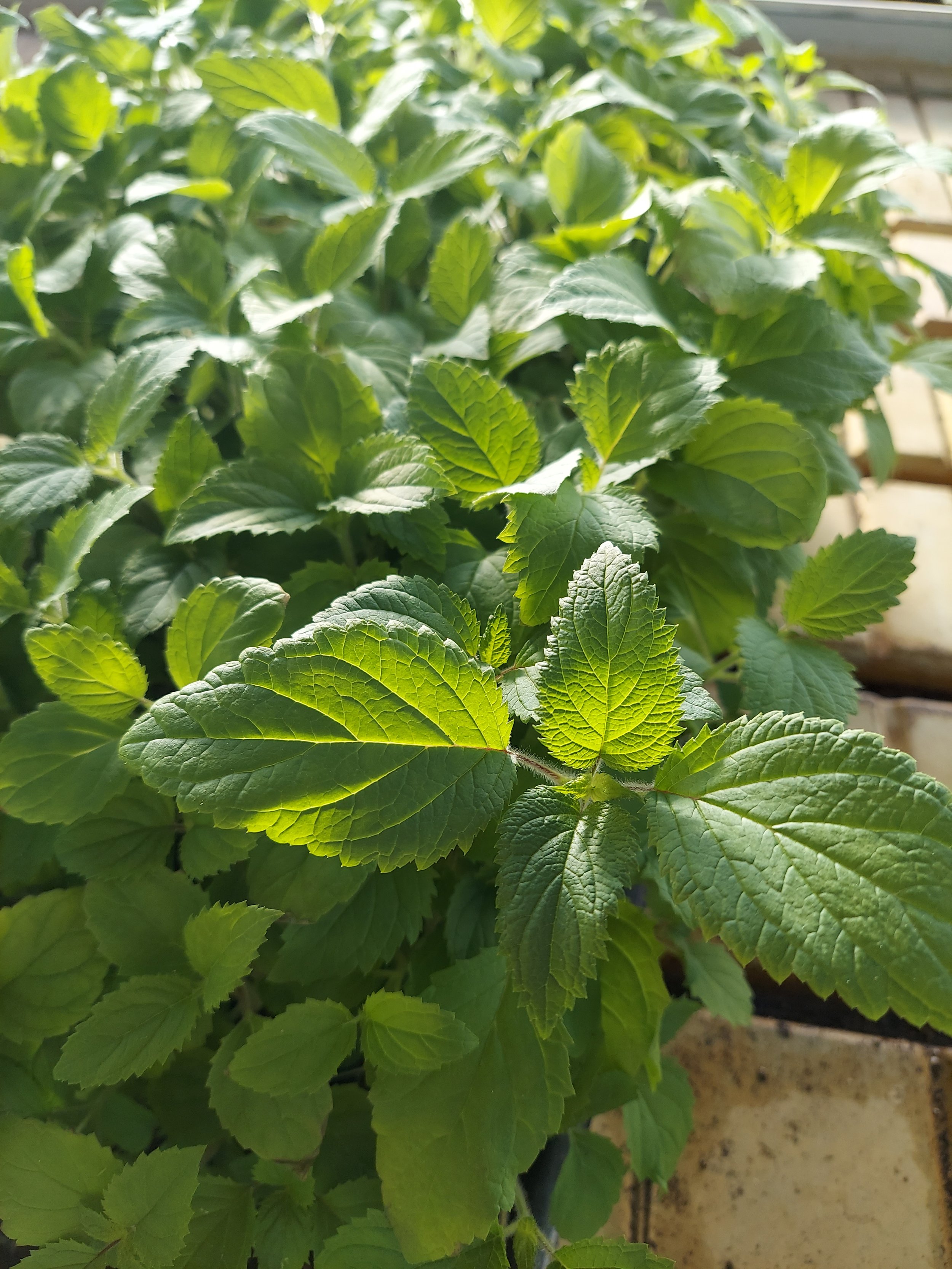 Image 6 of 6
Image 6 of 6







Late Figwort (Scrophularia marilandica)
Late Figwort (Scrophularia marilandica)
Scrophularia marilandica, commonly named Late Figwort, Maryland Figwort, Carpenter's Square, or Eastern Figwort, is a flowering native plant belonging to the beautifully unique Scrophulariaceae family
This powerful pollinator magnet can be found throughout Eastern and Central North America, where can be seen growing in dryer woods from Manitoba and Quebec in Canada, all the way down into the South through Texas and Florida.
Late Figwort typically grows from 4 ft 11 in. Up to 9 ft 10 in. tall in its prefered habitat. It sports opposite, ovate leaves that can top out around 5.9 inches long and 3.5 inches wide.
The flowers are rounded, averaging between 0.31–0.35 inches long, with a cup-like mouth that looks somewhat like Mr. Eds mouth (the horse of course) with a bit of an overbite! The flowers are a deep reddish-purple color on the inside, with a greenish to almost brown cast on the outside. They are a favorite nectar source and are frequently visited by hummingbirds in late summer.
A favorite of many pollinating predators, unique solitary wasps can be found dining on its rich, rapidly refilling nectar! Many native pollinators will visit this plant when in bloom!
This plant tends to prefer partial shade but will also do well in full sun. It does best in fertile moist sandy loam but is adaptable if the soil is well-drained.
Although the flowers are not overtly large or showy, Late Figwort will absolutely make a great addition to your native pollinator garden. It will also do well along the margins of streams ponds and woodlands from where they reign.
Older common names of the past for Scrophularia marilandica have included Heal-All, Pilewort, and Scrofula-Plant. It was once used in an ailment called "figs" to treat piles. and even during much of the 19th century, the plants root was used in an infusion to treat insomnia and anxiety.
Generally considered a common native plant within its native range, it is listed as extirpated (locally extinct) in Maine, and rare in South Dakota, Texas, Vermont, and Rhode Island.
Plant Details
USDA Zones: 4-8
Germination Needs: 60 Days Cold Stratification, Seeds are very small, and should not be covered with soil, or only a dusting. Seed wants to feel the soil, and see the light. Surface sow, and keep moist but not soaking, if grown in trays, bottom water only.
Life Cycle: Perennial
Sun Exposure: Full, Partial, Shade
Soil Moisture: Medium, Medium-Dry
Plant Spacing: 2-3 feet
Height: 6 feet
Bloom time: July, August, September, October
Bloom Color: Red/Green
Advantages :
Pollinator Favorite: butterflies, moths, bees, wasps, beetles
Bird Favorite: seeds, insects, fruit, nectar, nesting, perchs.
Deer Resistant: Yes
Native to: Wisconsin, Minnesota, Michigan Illinois, Indiana, Iowa, South Dakota Nebraska, Kansas, Oklahoma, Texas, Missouri, Arkansas, Louisiana, Mississippi, Alabama, Tennessee, Kentucky, Ohio, Pennsylvania, New York, Vermont, Rhode Island, New Hampshire, Maine, Massachusetts, New Jersey, Connecticut, Delaware, Maryland, West Virginia, Virginia, North Carolina, South Carolina, Georgia, Florida
.
.
Packet quantities:
We pride ourselves on ethical, hands on, ecological management, using no mechanical or chemical methods whatsoever.
All of our native seed is hand reared, hand picked, and hand packed from native prairies under our exclusive management, never breaking chain of custody from the field until it is sent to you. Each packet is hand prepared for shipment by us, directly.
Small seed species will contain greater than 20-25 seed
Large seed species will contain greater than 10-15 seed
It is our mission to spread the wealth of native plant and pollinator ecological sustainability, and educate back yard gardeners as well as corporate and government entities in how to germinate, grow, and benefit from native synergies.
Thank you for your support, it is because of you, that we can grow together to do, what we do.🐛🦋🐝🐞🌾🌱🌼🧡
Late Figwort (Scrophularia marilandica)
Scrophularia marilandica, commonly named Late Figwort, Maryland Figwort, Carpenter's Square, or Eastern Figwort, is a flowering native plant belonging to the beautifully unique Scrophulariaceae family
This powerful pollinator magnet can be found throughout Eastern and Central North America, where can be seen growing in dryer woods from Manitoba and Quebec in Canada, all the way down into the South through Texas and Florida.
Late Figwort typically grows from 4 ft 11 in. Up to 9 ft 10 in. tall in its prefered habitat. It sports opposite, ovate leaves that can top out around 5.9 inches long and 3.5 inches wide.
The flowers are rounded, averaging between 0.31–0.35 inches long, with a cup-like mouth that looks somewhat like Mr. Eds mouth (the horse of course) with a bit of an overbite! The flowers are a deep reddish-purple color on the inside, with a greenish to almost brown cast on the outside. They are a favorite nectar source and are frequently visited by hummingbirds in late summer.
A favorite of many pollinating predators, unique solitary wasps can be found dining on its rich, rapidly refilling nectar! Many native pollinators will visit this plant when in bloom!
This plant tends to prefer partial shade but will also do well in full sun. It does best in fertile moist sandy loam but is adaptable if the soil is well-drained.
Although the flowers are not overtly large or showy, Late Figwort will absolutely make a great addition to your native pollinator garden. It will also do well along the margins of streams ponds and woodlands from where they reign.
Older common names of the past for Scrophularia marilandica have included Heal-All, Pilewort, and Scrofula-Plant. It was once used in an ailment called "figs" to treat piles. and even during much of the 19th century, the plants root was used in an infusion to treat insomnia and anxiety.
Generally considered a common native plant within its native range, it is listed as extirpated (locally extinct) in Maine, and rare in South Dakota, Texas, Vermont, and Rhode Island.
Plant Details
USDA Zones: 4-8
Germination Needs: 60 Days Cold Stratification, Seeds are very small, and should not be covered with soil, or only a dusting. Seed wants to feel the soil, and see the light. Surface sow, and keep moist but not soaking, if grown in trays, bottom water only.
Life Cycle: Perennial
Sun Exposure: Full, Partial, Shade
Soil Moisture: Medium, Medium-Dry
Plant Spacing: 2-3 feet
Height: 6 feet
Bloom time: July, August, September, October
Bloom Color: Red/Green
Advantages :
Pollinator Favorite: butterflies, moths, bees, wasps, beetles
Bird Favorite: seeds, insects, fruit, nectar, nesting, perchs.
Deer Resistant: Yes
Native to: Wisconsin, Minnesota, Michigan Illinois, Indiana, Iowa, South Dakota Nebraska, Kansas, Oklahoma, Texas, Missouri, Arkansas, Louisiana, Mississippi, Alabama, Tennessee, Kentucky, Ohio, Pennsylvania, New York, Vermont, Rhode Island, New Hampshire, Maine, Massachusetts, New Jersey, Connecticut, Delaware, Maryland, West Virginia, Virginia, North Carolina, South Carolina, Georgia, Florida
.
.
Packet quantities:
We pride ourselves on ethical, hands on, ecological management, using no mechanical or chemical methods whatsoever.
All of our native seed is hand reared, hand picked, and hand packed from native prairies under our exclusive management, never breaking chain of custody from the field until it is sent to you. Each packet is hand prepared for shipment by us, directly.
Small seed species will contain greater than 20-25 seed
Large seed species will contain greater than 10-15 seed
It is our mission to spread the wealth of native plant and pollinator ecological sustainability, and educate back yard gardeners as well as corporate and government entities in how to germinate, grow, and benefit from native synergies.
Thank you for your support, it is because of you, that we can grow together to do, what we do.🐛🦋🐝🐞🌾🌱🌼🧡
Late Figwort (Scrophularia marilandica)
Scrophularia marilandica, commonly named Late Figwort, Maryland Figwort, Carpenter's Square, or Eastern Figwort, is a flowering native plant belonging to the beautifully unique Scrophulariaceae family
This powerful pollinator magnet can be found throughout Eastern and Central North America, where can be seen growing in dryer woods from Manitoba and Quebec in Canada, all the way down into the South through Texas and Florida.
Late Figwort typically grows from 4 ft 11 in. Up to 9 ft 10 in. tall in its prefered habitat. It sports opposite, ovate leaves that can top out around 5.9 inches long and 3.5 inches wide.
The flowers are rounded, averaging between 0.31–0.35 inches long, with a cup-like mouth that looks somewhat like Mr. Eds mouth (the horse of course) with a bit of an overbite! The flowers are a deep reddish-purple color on the inside, with a greenish to almost brown cast on the outside. They are a favorite nectar source and are frequently visited by hummingbirds in late summer.
A favorite of many pollinating predators, unique solitary wasps can be found dining on its rich, rapidly refilling nectar! Many native pollinators will visit this plant when in bloom!
This plant tends to prefer partial shade but will also do well in full sun. It does best in fertile moist sandy loam but is adaptable if the soil is well-drained.
Although the flowers are not overtly large or showy, Late Figwort will absolutely make a great addition to your native pollinator garden. It will also do well along the margins of streams ponds and woodlands from where they reign.
Older common names of the past for Scrophularia marilandica have included Heal-All, Pilewort, and Scrofula-Plant. It was once used in an ailment called "figs" to treat piles. and even during much of the 19th century, the plants root was used in an infusion to treat insomnia and anxiety.
Generally considered a common native plant within its native range, it is listed as extirpated (locally extinct) in Maine, and rare in South Dakota, Texas, Vermont, and Rhode Island.
Plant Details
USDA Zones: 4-8
Germination Needs: 60 Days Cold Stratification, Seeds are very small, and should not be covered with soil, or only a dusting. Seed wants to feel the soil, and see the light. Surface sow, and keep moist but not soaking, if grown in trays, bottom water only.
Life Cycle: Perennial
Sun Exposure: Full, Partial, Shade
Soil Moisture: Medium, Medium-Dry
Plant Spacing: 2-3 feet
Height: 6 feet
Bloom time: July, August, September, October
Bloom Color: Red/Green
Advantages :
Pollinator Favorite: butterflies, moths, bees, wasps, beetles
Bird Favorite: seeds, insects, fruit, nectar, nesting, perchs.
Deer Resistant: Yes
Native to: Wisconsin, Minnesota, Michigan Illinois, Indiana, Iowa, South Dakota Nebraska, Kansas, Oklahoma, Texas, Missouri, Arkansas, Louisiana, Mississippi, Alabama, Tennessee, Kentucky, Ohio, Pennsylvania, New York, Vermont, Rhode Island, New Hampshire, Maine, Massachusetts, New Jersey, Connecticut, Delaware, Maryland, West Virginia, Virginia, North Carolina, South Carolina, Georgia, Florida
.
.
Packet quantities:
We pride ourselves on ethical, hands on, ecological management, using no mechanical or chemical methods whatsoever.
All of our native seed is hand reared, hand picked, and hand packed from native prairies under our exclusive management, never breaking chain of custody from the field until it is sent to you. Each packet is hand prepared for shipment by us, directly.
Small seed species will contain greater than 20-25 seed
Large seed species will contain greater than 10-15 seed
It is our mission to spread the wealth of native plant and pollinator ecological sustainability, and educate back yard gardeners as well as corporate and government entities in how to germinate, grow, and benefit from native synergies.
Thank you for your support, it is because of you, that we can grow together to do, what we do.🐛🦋🐝🐞🌾🌱🌼🧡
